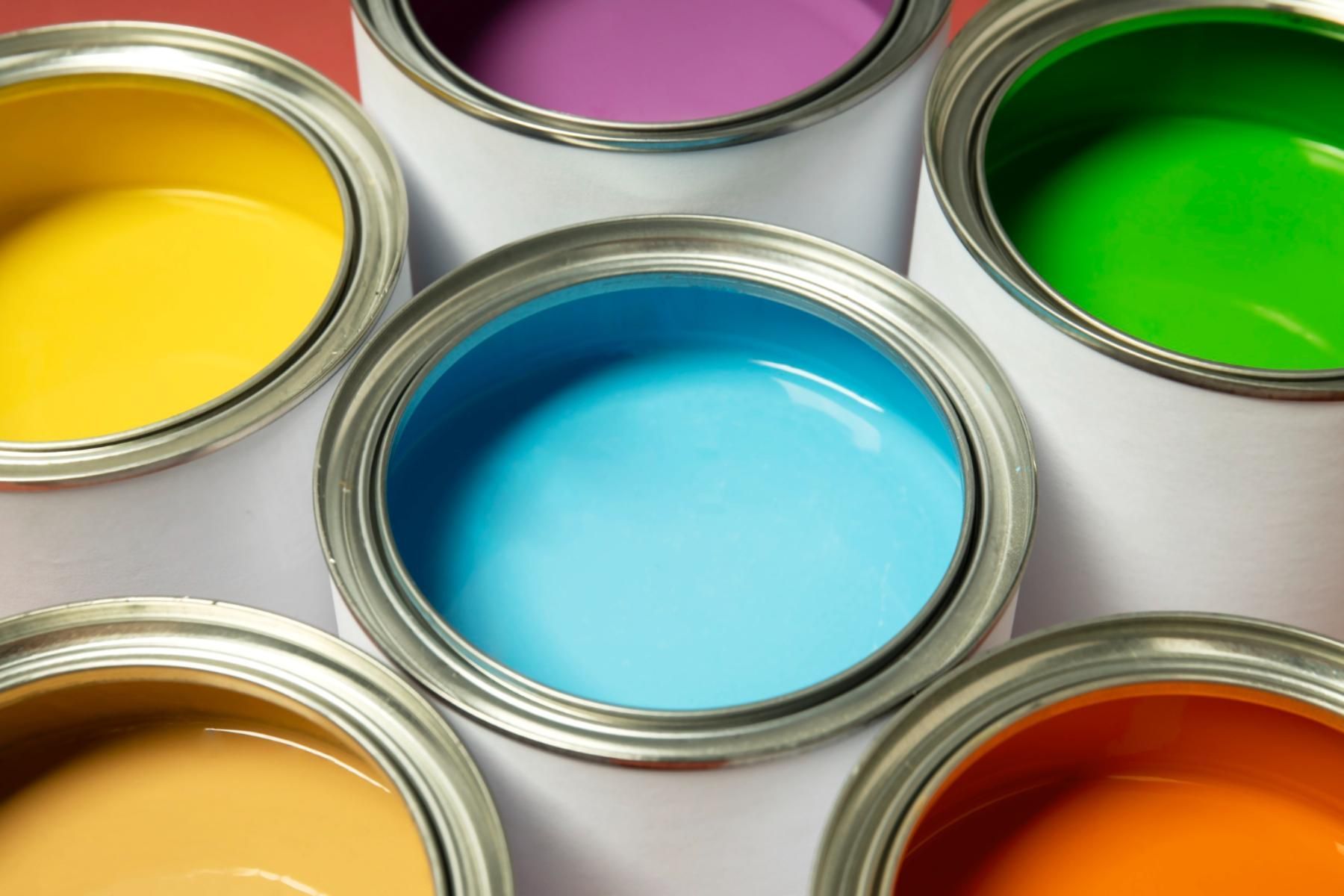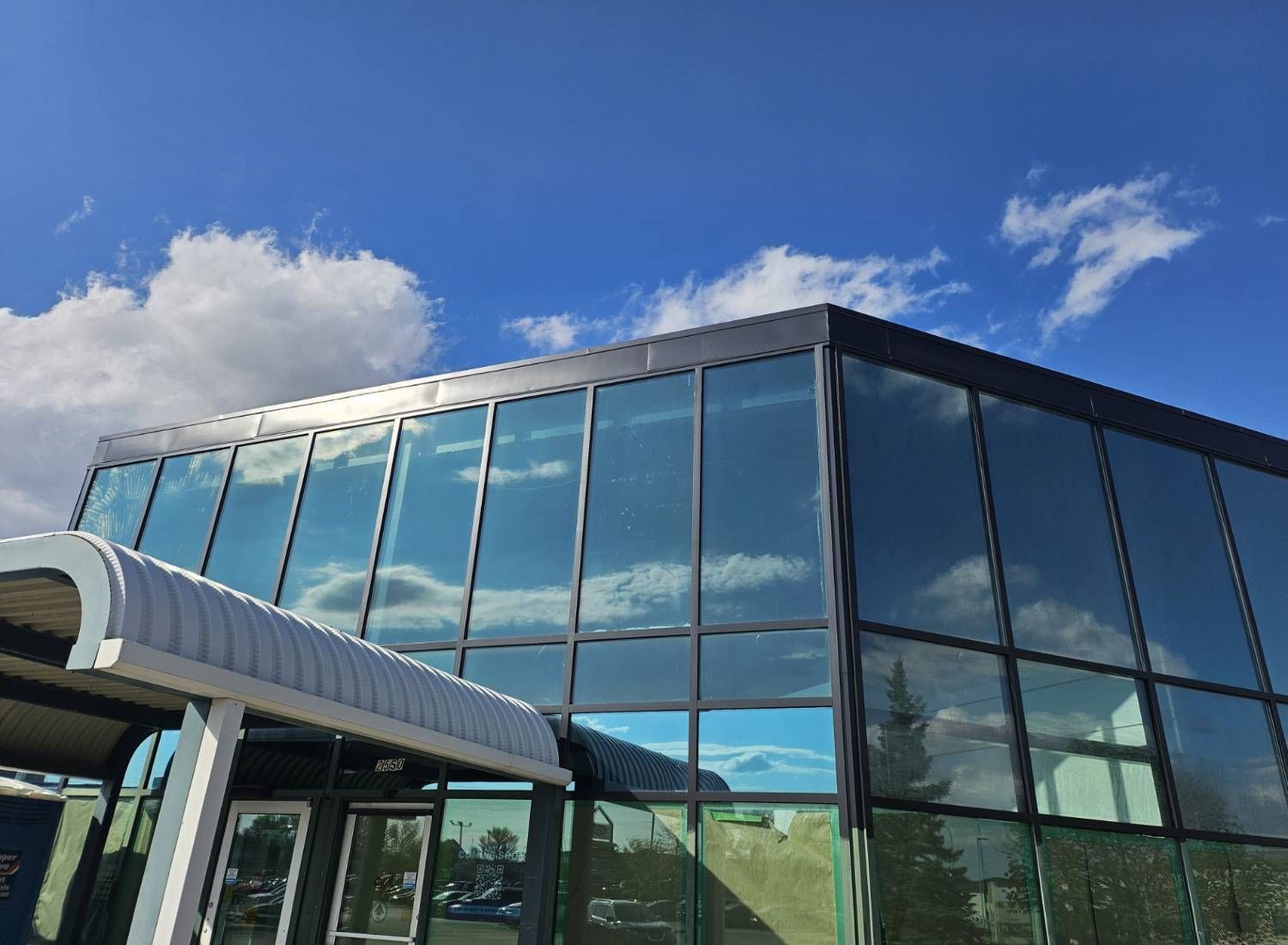The Types of Commercial Painting We Cover
Commercial painting services offer far more than just a fresh coat of color. From enhancing aesthetics to protecting valuable assets, professional painting solutions can revitalize and renew various commercial spaces. This comprehensive guide explores the multifaceted world of commercial painting, highlighting key services and their transformative impacts on businesses.
Office Painting: Creating Productive and Inspiring Workspaces
The environment in which employees work plays a crucial role in their productivity, creativity, and overall job satisfaction. Office painting is an effective way to refresh and optimize your workspace, creating an atmosphere that fosters success.
The Psychology of Color in Office Spaces
Choosing the right colors for your office can significantly impact mood and performance. For instance:
- Blue tones promote focus and productivity
- Green hues create a sense of balance and harmony
- Yellow accents can boost creativity and energy
A professional painting service can help you select the perfect color palette to align with your company culture and goals.
Minimizing Disruption During Office Painting Projects
One common concern for businesses considering office painting is the potential disruption to daily operations. However, experienced commercial painters employ strategies to minimize interference:
- After-hours and weekend scheduling
- Efficient project management to reduce completion time
- Use of low-VOC paints to minimize odors and allow for quicker occupancy
By partnering with a reputable commercial painting company, you can refresh your office space with minimal impact on your business activities.
Incorporating Branding Elements Through Paint
Office painting presents an opportunity to reinforce your brand identity within your physical space. Consider:
- Using your brand colors in accent walls or design elements
- Incorporating your logo or tagline into painted murals
- Creating themed areas that reflect your company's values or industry
A skilled commercial painting team can bring these branding concepts to life, creating a cohesive and impactful office environment.
Tenant Improvement Painting: Attracting and Retaining Quality Tenants
For property managers and building owners, tenant improvement painting is a valuable tool for maintaining and enhancing the appeal of commercial spaces. This service focuses on updating and customizing rental properties to meet the needs of new or existing tenants.
The Impact of Quality Paint on Tenant Satisfaction
A well-executed paint job can significantly influence a tenant's perception of a space. Benefits include:
- Improved overall appearance and perceived value of the property
- Increased likelihood of lease renewals and positive referrals
- Enhanced ability to attract high-quality tenants
Investing in professional tenant improvement painting can lead to long-term benefits for property owners and managers.
Customization Options for Diverse Tenant Needs
Different businesses have unique requirements for their commercial spaces. Tenant improvement painting services offer customization options such as:
- Specialized coatings for specific industries (e.g., antimicrobial paints for healthcare facilities)
- Accent walls or feature areas to highlight key spaces
- Flexible color schemes to accommodate various brand identities
By offering these customization options, property owners can cater to a wider range of potential tenants and increase the versatility of their spaces.
Cost-Effective Property Updates
Compared to major renovations, tenant improvement painting provides a cost-effective way to update and refresh commercial properties. This approach allows property owners to:
- Quickly prepare spaces for new tenants
- Address wear and tear between lease periods
- Modernize the look of older buildings without extensive remodeling
Professional painting services can help maximize the return on investment for these property improvements.
Warehouse Painting: Enhancing Safety and Efficiency
Warehouse facilities present unique challenges and opportunities when it comes to commercial painting. A well-executed warehouse painting project can improve safety, efficiency, and overall functionality of these vital spaces.
Safety-Focused Painting Solutions
In warehouse environments, safety is paramount. Professional painting services can contribute to a safer workplace by:
- Applying high-visibility colors to mark hazardous areas or traffic lanes
- Using slip-resistant floor coatings to prevent accidents
- Implementing proper signage and wayfinding through strategic paint applications
These safety-enhancing paint solutions can help reduce workplace accidents and improve overall operational efficiency.
Durability and Maintenance Considerations
Warehouses often experience heavy traffic and exposure to various environmental factors. Commercial painting services for warehouses focus on:
- Selecting durable, industrial-grade paints that can withstand wear and tear
- Applying protective coatings to extend the life of concrete floors and walls
- Implementing easy-to-clean finishes that simplify maintenance procedures
By choosing the right paint products and application techniques, warehouse owners can reduce long-term maintenance costs and preserve the integrity of their facilities.
Improving Lighting and Energy Efficiency
Strategic use of paint colors and finishes in warehouses can have a significant impact on lighting and energy efficiency:
- Light-colored walls and ceilings can enhance natural and artificial lighting
- Reflective coatings can reduce the need for additional lighting fixtures
- Proper insulation through specialized paint products can improve temperature control
These painting strategies can lead to reduced energy costs and improved working conditions for warehouse staff.
Commercial Wallpaper: Elevating Interior Design
While paint remains a popular choice for commercial interiors, wallpaper offers unique design possibilities and practical benefits. Commercial wallpaper installation is a specialized service that can dramatically transform business spaces.
Advantages of Commercial Wallpaper
Opting for wallpaper in commercial settings provides several advantages:
- Unlimited design options, including custom patterns and imagery
- Ability to create textured surfaces for added visual interest
- Potential for easier cleaning and maintenance compared to painted surfaces
Professional wallpaper installation ensures a flawless finish that can elevate the overall aesthetic of any commercial space.
Durability and Longevity of Modern Wallpapers
Today's commercial wallpapers are engineered for durability and longevity:
- Vinyl-coated options resist moisture and are easy to clean
- Fabric-backed wallpapers provide added strength and stability
- Specialized coatings offer protection against fading and wear
When properly installed and maintained, commercial wallpaper can outlast many paint finishes, providing long-term value for businesses.
Combining Wallpaper and Paint for Maximum Impact
Many commercial spaces benefit from a strategic combination of wallpaper and paint:
- Using wallpaper as an accent against painted walls
- Incorporating painted trim or molding to complement wallpapered surfaces
- Alternating between paint and wallpaper to define different areas within a space
Professional commercial painting services can work in tandem with wallpaper installation to create cohesive and striking interior designs.
Intumescent Painting: Fire Protection for Commercial Structures
Fire safety is a critical concern for all commercial buildings. Intumescent painting provides an additional layer of protection by applying specialized coatings that expand when exposed to high temperatures, insulating structural elements from fire damage.
How Intumescent Coatings Work
Intumescent paints are designed to:
- Expand up to 50 times their original thickness when exposed to heat
- Create a char layer that insulates the underlying structure
- Slow the spread of fire and maintain structural integrity
These coatings can be applied to various materials, including steel, wood, and concrete, providing versatile fire protection solutions.
Benefits of Intumescent Painting for Commercial Buildings
Implementing intumescent painting in commercial structures offers several advantages:
- Increased evacuation time during fire emergencies
- Potential reduction in insurance premiums
- Compliance with building codes and fire safety regulations
Professional application of intumescent coatings ensures optimal performance and adherence to safety standards.
Aesthetic Considerations in Intumescent Painting
While the primary function of intumescent coatings is fire protection, modern formulations also consider aesthetics:
- Available in a range of colors to match design schemes
- Can be overcoated with decorative finishes for a seamless look
- Thin film options minimize visual impact on architectural features
Experienced commercial painting services can balance fire safety requirements with aesthetic preferences to achieve the best possible outcome.
Building Renewal Painting: Revitalizing Aging Structures
As commercial buildings age, they often require more than just routine maintenance. Building renewal painting is a comprehensive approach to restoring and updating older structures, addressing both aesthetic and functional concerns.
Comprehensive Assessment and Preparation
Effective building renewal painting begins with a thorough evaluation of the structure:
- Identifying areas of damage or deterioration
- Assessing the condition of existing paint or coatings
- Determining the most appropriate products and techniques for restoration
This detailed assessment ensures that the renewal process addresses all critical issues and provides long-lasting results.
Restoration Techniques for Various Surfaces
Building renewal painting involves specialized techniques for different materials:
- Masonry restoration, including tuckpointing and waterproofing
- Wood repair and preservation treatments
- Metal surface preparation and corrosion protection
Professional commercial painting services have the expertise to handle these diverse restoration needs effectively.
Modernizing Exteriors While Preserving Character
For historic or iconic buildings, building renewal painting must balance modernization with preservation:
- Selecting paint colors that complement the building's original design
- Incorporating modern materials that enhance durability without altering appearance
- Adhering to preservation guidelines for protected structures
Skilled commercial painters can breathe new life into aging buildings while respecting their architectural heritage.
Energy Efficiency Upgrades Through Painting
Building renewal painting also presents opportunities for improving energy efficiency:
- Applying reflective coatings to reduce heat absorption
- Sealing air leaks to improve insulation
- Using low-E window films in conjunction with exterior painting
These energy-saving measures can lead to significant long-term cost reductions for building owners and occupants.
In conclusion, professional commercial painting services offer a wide range of solutions to enhance, protect, and revitalize business spaces. From creating inspiring office environments to ensuring fire safety and renewing aging structures, the impact of expert painting goes far beyond mere aesthetics. By partnering with experienced commercial painting professionals, businesses can transform their spaces, improve functionality, and create lasting value for their properties and operations. Let us help! Contact us today.



